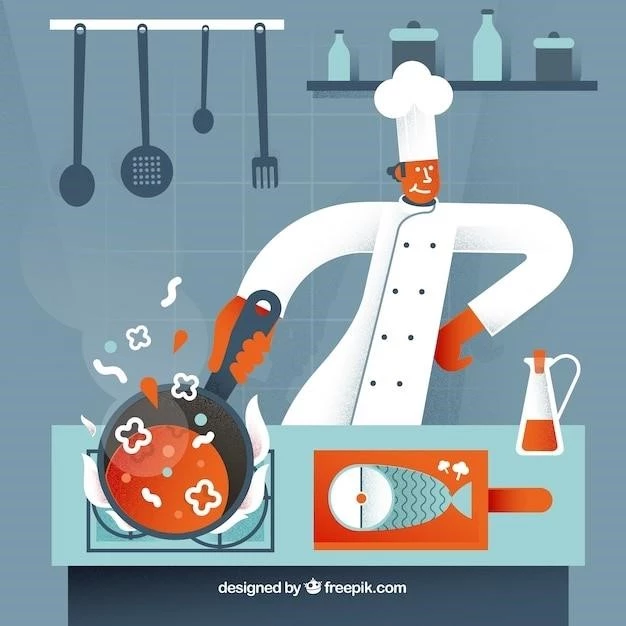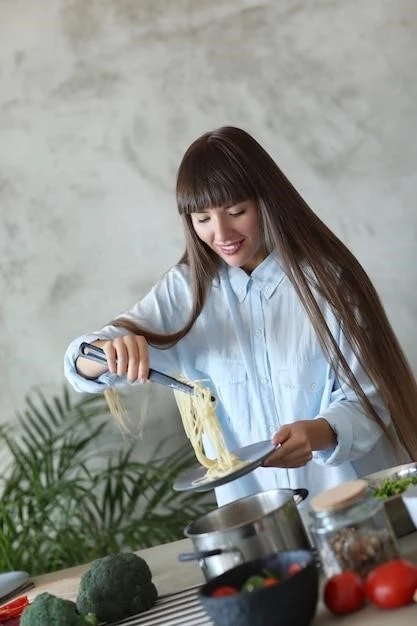My Culinary Journey Through the Science of Everyday Cooking
For years, I cooked with a pinch of this and a dash of that, relying mostly on intuition and handed-down recipes. But recently, I embarked on a fascinating journey to understand the science behind everyday cooking. It’s been a revelation, transforming me from a recipe follower to a more confident and creative cook.
The Chemistry of Flavor
My first “aha!” moment came when I delved into the Maillard reaction. This chemical reaction, involving amino acids and sugars, is responsible for the incredible browning and complex flavors we associate with seared steaks, crusty bread, and roasted coffee; I used to think browning was simply about applying heat, but now I understand the precise interplay of temperature and time needed to trigger this magical transformation.
Then there’s caramelization, another chemical process I used to misunderstand. I always thought sugar just melted when heated. While melting does occur, it’s the caramelization that creates that beautiful brown color and rich, nutty flavor. I experimented with caramelizing onions, patiently cooking them low and slow until they transformed into a sweet and savory base for countless dishes.

The Physics of Texture
Understanding the science of cooking isn’t just about flavor; it’s also about texture. Take, for example, the protein strands in meat. I learned that applying heat causes these strands to contract and squeeze out moisture, potentially resulting in a tough and dry piece of meat. Now, I use techniques like brining (soaking meat in a saltwater solution) to help retain moisture and break down those tough proteins, resulting in a juicier and more tender final product.
Another example is gluten, a protein network formed from wheat flour and water. I used to find bread baking daunting, but understanding gluten development gave me a new level of control. I learned how kneading encourages gluten formation, resulting in a chewier bread, while techniques like proofing (letting the dough rest and rise) allow the gluten to relax, leading to a lighter, airier texture.

The Magic of Emulsions
Emulsions, where two liquids that normally don’t mix are forced to combine, are another kitchen marvel I’ve come to appreciate. Mayonnaise, a classic emulsion of oil and egg yolks, used to mystify me. Now, I understand how the lecithin in egg yolks acts as an emulsifier, surrounding the oil droplets and suspending them in the water-based vinegar, creating a stable and creamy sauce.
Experimenting in My Kitchen Laboratory
Armed with this newfound knowledge, my kitchen has transformed into a laboratory of sorts. I’ve started experimenting with different cooking techniques, ingredients, and temperatures, carefully observing the results and adjusting my approach based on my understanding of the underlying scientific principles.
Here are some examples of how I’ve applied my scientific knowledge in the kitchen:
- Perfectly cooked steak: I use a meat thermometer to ensure the internal temperature of my steak reaches the ideal point for my preferred level of doneness, understanding that different temperatures correspond to the breakdown of different proteins and the rendering of fat.
- Fluffy pancakes: I’ve learned that overmixing pancake batter develops too much gluten, resulting in tough pancakes. Now, I mix the batter gently until just combined, resulting in lighter, fluffier pancakes.
- Creamy hummus: I’ve discovered that the order in which I add ingredients to my food processor when making hummus affects the final texture. Adding the tahini last, after the chickpeas and other ingredients have been blended, results in a smoother, creamier hummus.
The Joy of Discovery
This journey into the science of everyday cooking has not only improved my cooking skills but has also ignited a passion for experimentation and a deeper appreciation for the intricate processes that occur when we cook. It’s fascinating to understand how even the smallest tweaks in temperature, time, or technique can dramatically affect the final outcome of a dish.
So, I encourage everyone to embrace the science behind their culinary creations. Don’t be afraid to experiment, to question, and to learn. You might be surprised by the delicious discoveries that await.










